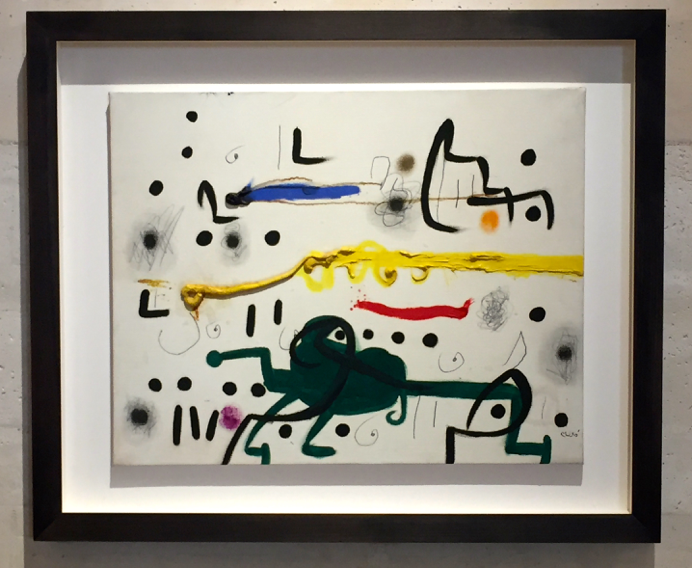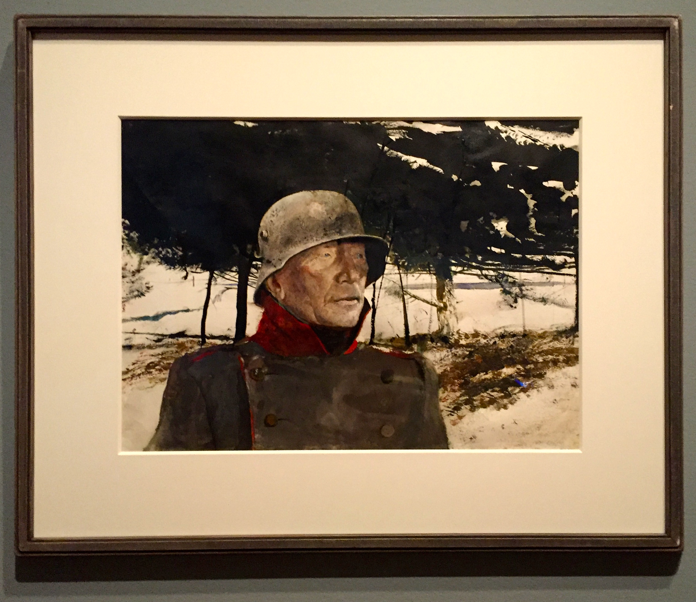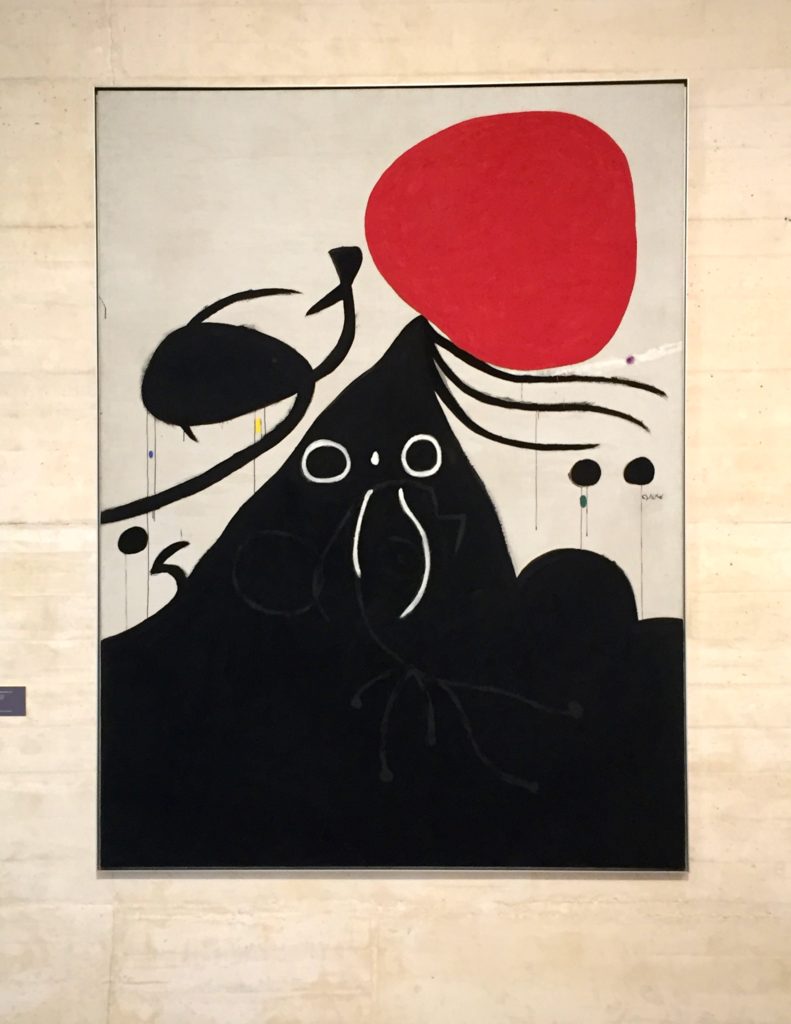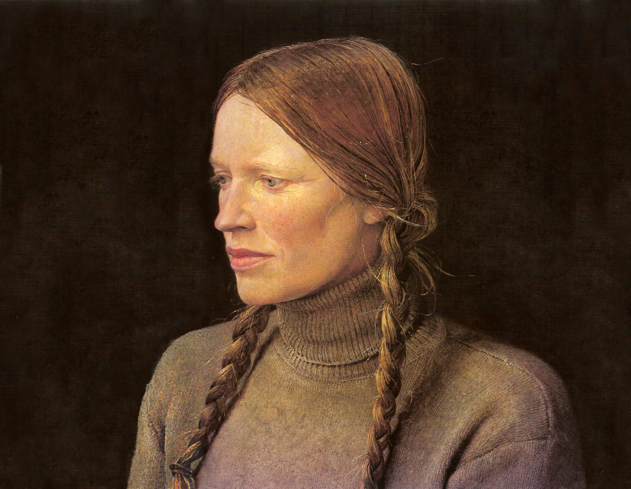

There is always some dissonance and disorientation when we return from an extended stay overseas. It’s not just the jet-lag. There’s a cultural acclimation that has to take place too. For two months we’ve been trying to live like locals in a foreign place. When we’re abroad everything feels new and interesting; the colors are vibrant and intense while back home they seem monochromatic. It takes time to adjust and, for me, time to find my Seattle voice.
Over the years we’ve learned to deal with re-entry by looking for local events – concerts, plays, exhibits, readings – that can help us recapture the feel of what’s new and interesting on our home turf, and I never feel truly at home until I’ve found something local to write about.
Last week, we dove back into the local scene. On Tuesday we heard New Yorker writer, Adam Gopnick, preview the one-man show he’s working on for the Public Theater in New York. On Thursday we checked out the giant exhibit of Andrew Wyeth: In Retrospect at the Seattle Art Museum, and on Saturday we went to the Pacific Northwest Ballet to see Her Story, three ballets by women choreographers. Finally, on Sunday, our couples book club got together to talk about John LeCarre’s new novel, A Legacy of Spies.
It was a little overwhelming but, of the four things we did, the Wyeth retrospective provided the transition material I was looking for. Just back from Mallorca where we were surrounded by the work of Joan Miro (no less than four exhibits including his personal collection at the Fundacio de Pilar y Joan Miro museum in Palma), the realism of the Wyeth work stood out in contrast to the modernism of Miro.
It’s hard to believe that these two giants of 20th century painting worked almost simultaneously but presented themselves with such wildly different technical methods and artistic visions.
Only 24 years separated their birth dates and while both lived and worked into their 90’s their lifestyles and work product stand out as extremes on the artistic continuum. Their painting styles might easily be mistaken for work done in different centuries.
Wyeth was secretive and reclusive, only leaving his birthplace and lifelong home in Chadds Ford, Pennsylvania for summers at his cabin in Maine, while Miro was an international art figure moving comfortably from his birthplace in Barcelona to the south of France where he collaborated with his lifelong friend, Pablo Picasso, and in 1940, fleeing the Nazi invasion of France settling in his mother’s birthplace on the island of Mallorca.
It’s tempting to write off Andrew Wyeth as a regional painter in contrast to the worldly Miro. Home schooled by his father, the famous illustrator N.C. Wyeth, and rarely leaving his rural homestead, he found his subject matter in the people who populated that world – friends, neighbors and the spare landscapes of Pennsylvania and Maine he knew so well. Yet, by age 22 he had a sell-out exhibit of watercolors at a prestigious New York gallery and was emerging from is famous father’s shadow.
By this time, Miro was well established as a pioneer in modern art with an open contempt for conventional painting – the painting style and methods that Andrew Wyeth embraced throughout his long career. Miro was playful in his exploration of the subconscious, his bright colors and whimsical childlike iconography.

Wyeth, meanwhile, was focused on the extremely personal – his German neighbor Karl Kuerner (top), portraits of friends like Ralph Cline, Christina Olson, Siri Erickson, and later on the secretive Helga paintings. The contrast with Miro is highlighted in the 1940’s when modern American art moved deliberately and decisively into Abstract Expressionism, Color Field, and Minimalism. Wyeth noted the trends and consciously rejected them for himself, but the art establishment recognized his genius and in 1949 the Museum of Modern Art purchased his painting, Christina’s World for it’s permanent collection, thereby acknowledging his place, not as outlier, but as representative of the realist branch of modern art.

There is much to admire in both artists and I find them equally interesting. On seeing the Wyeth exhibit last week the paintings draw me in, as a viewer, in ways that Miro’s work didn’t. I want to get up close to see Wyeth’s meticulous brushwork and realistic detail in each painting. Miro, on the other hand, makes me want to stand back and imagine what he had in mind and what the meaning, if any, he wants me to take away.
In the museum shop at the train station in Soller, a small town northwest of Palma, there was a poster of Miro’s iconography for sale. I found it fascinating and saw it as a glossary of terms for deciphering his art. I was reminded of Carl Jung’s book, Man and His Symbols, an exploration of artistic symbols, their universality, and appearance various cultures over centuries.
![]()
It was a privilege to see the Miro oeuvre up close in Mallorca and a reminder of how much we love to travel. Those exhibits, with the exception of the Miro/Picasso exhibit in Soller, are permanent and will always be on display for visitors.
Seattlites have until January 2018 to see Andrew Wyeth: In Retrospect at the Seattle Art Museum. With more than 100 paintings and drawings on display, it would be a mistake to miss it if you’re in the area. Here is the least controversial of Wyeth’s Helga paintings.

I’ve finally recovered from the jet lag and cultural dissonance of our homecoming, and in spite of the cold, wind, and rain gratefully finding more and more things that help me in Surviving Seattle.































